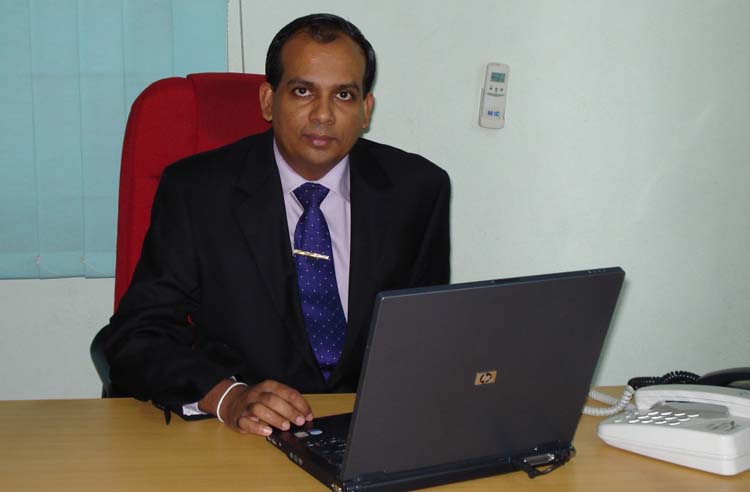The rising nation
Sri Lanka’sfastest growing property portal Lamudi.lkobserves thetrends in the economy and the effectsit has on the Real Estate market
Thechanges occurring within the financial condition of the island and the living standards of the people are having a long-termeffect on the countries real-estatemarket.
Lamudi.lkhas studied these economic trends to get a better understanding of what is expectedin the near future.
According to the World Bank and the Central Intelligence Agency in USA, Sri Lanka has achieved a GDP (purchasing power parity) of around $134.5 billion by 2013. Subsequently it has also managed to increase its GDP: per capita (PPP) up to $6,500 in the same year, which is up from $5,800 in 2011.
As extensively stated by the World Bank, the overall economy of Sri Lanka grew at around 7% year before the last (2013). The greatest share was contributed by the service industry, which accounted for roughly 60% of the entire GDP of the country. Around two million Sri Lankans, (from the nation’s total population of 20 million by 2012) were found to be living abroad. This high percentage of individuals who are employed in foreign lands, also contributed to 10% of the nation’s total GDP (by 2013).
One of the most progressive factors achieved within the past decade included the reduction of the overall unemployment rate, which fell as low as 04% by the end of 2013. The income inequality (or the gap between rich and the poor), fell significantly between 2002 and 2011. Consequently, theGini coefficient index,(as defined by the World Bank) reduced from 0.41 to 0.36, contributing to a substantial decline in the countries poverty level.
As a result of such accomplishments, Sri Lanka managed to meet the United Nations Millennium Development Goal (MDG:8 goals 22 targets)for reducing extreme poverty, which fell dramatically from 23% in 2002 to 9% in 2009. The country is further expected to be on target, or have already achieved 15 out of the 22 MDGs, outperforming all other countries in South Asia. Some of the early-achieved aims were those relating to Gender Equality as well as Universal Primary Education and some of the targets expected to achieve belongs to HIV/AIDS and maternal well-being.
As of 2014, the substantial reductions in poverty and the significant improvements to living standards of Sri Lankan citizens are predicted to have a direct effect on the country’s property market. As stated by the Research Intelligence Unit (RIU), the demand for housing entities in the country had an estimate of around 80,000 to 100,000 units per annum in 2010. However, the figure is expected to grow exponentially, since a considerable population will be moving out of the poverty line. Nevertheless, the demand for Condominiums and Apartments are also expected to grow. As noted by Ceylinco Homes International, a considerable demand for these properties (nearly 50%) will come from Sri Lankan expatriates who are living and working abroad in Europe, North America and Australia as well as in the Middle Eastern countries.


